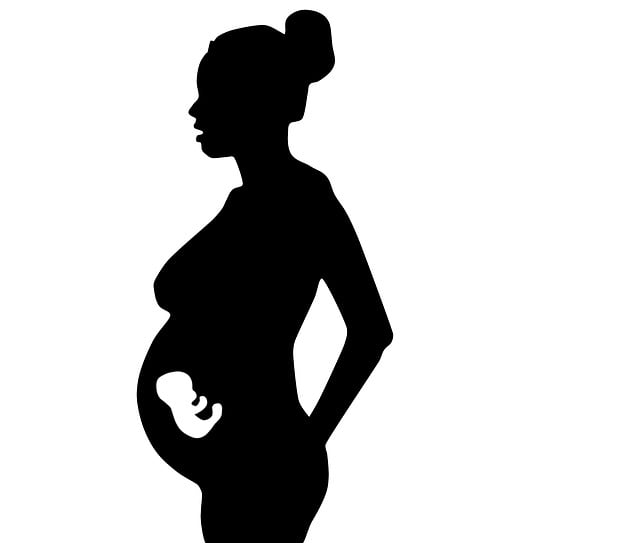Breast milk is often hailed as “liquid gold,” not just for its nutritional benefits but also for its remarkable ability to protect infants. This natural substance is packed with live cells that provide significant immunological and antiviral support, effectively reducing the incidence of common infections and diseases in newborns.
While not every mother can or chooses to breastfeed, it’s important to recognize that all mothers pass some immunities to their babies through the placenta during pregnancy. Experts emphasize that even a small amount of breast milk—just a few drops—can be incredibly beneficial, particularly in the initial weeks and months when infants are most susceptible to illness.
Despite our growing understanding of breast milk’s healing properties, researchers have only begun to explore the various ways it offers protection. For years, it was believed that the primary antimicrobial agents resided within the protein components of breast milk. However, new research from Harvard University has revealed that some potent antibacterial properties are actually found in the carbohydrate, or sugar, components of breast milk.
Published in the journal ACS Infectious Diseases, this groundbreaking study indicates that these newly identified sugars play a crucial role in defending against group B streptococcus (GBS), a bacteria that poses serious risks such as sepsis, pneumonia, and meningitis in newborns. “This is the first example of generalized antimicrobial activity from the carbohydrates in human milk,” explains Dr. Emily Johnson, the lead researcher. “Remarkably, these compounds are non-toxic, unlike most antibiotics.”
The study was inspired by the growing concern of antibiotic resistance, which the CDC notes contributes to approximately 23,000 fatalities each year. Researchers aimed to find alternative solutions to combat infectious bacteria. “We focused on group B strep, a common concern for pregnant women, to see if their bodies produce compounds that could act against it,” Dr. Johnson elaborated.
The results were impressive. When researchers isolated specific carbohydrates from breast milk and introduced them to strep cultures, they observed substantial antibacterial activity. Not only do these sugars directly eliminate group B strep bacteria, but they also disrupt the protective biofilm that surrounds the bacteria, showcasing a remarkable “one-two punch” method of action.
Women’s bodies are truly extraordinary. These carbohydrates have also been tested against other infectious bacteria, yielding promising results against some of the leading hospital pathogens globally. However, further research is needed to pinpoint the exact carbohydrate molecules responsible for this antimicrobial action. The long-term goal is to harness their potential for developing new treatments that could reduce our reliance on antibiotics.
As reported by Science Alert, understanding how these sugars work could pave the way for producing them on a larger scale for human use. The ongoing research highlights the impressive capabilities of women’s bodies to create these protective agents for their babies. The more we learn about these natural defenses, the more we can appreciate the incredible mechanisms at play.
In conclusion, breast milk’s newly discovered sugars offer exciting insights into its protective qualities against harmful bacteria, such as group B strep. As we continue to explore these findings, we must celebrate the remarkable ways in which women’s bodies support their infants. For further information on pregnancy and home insemination, check out the resources available at the CDC.
For those interested in exploring family-building options, consider reading about your journey in artificial insemination here. Additionally, for a deeper dive into this subject, visit Modern Family Blog.
